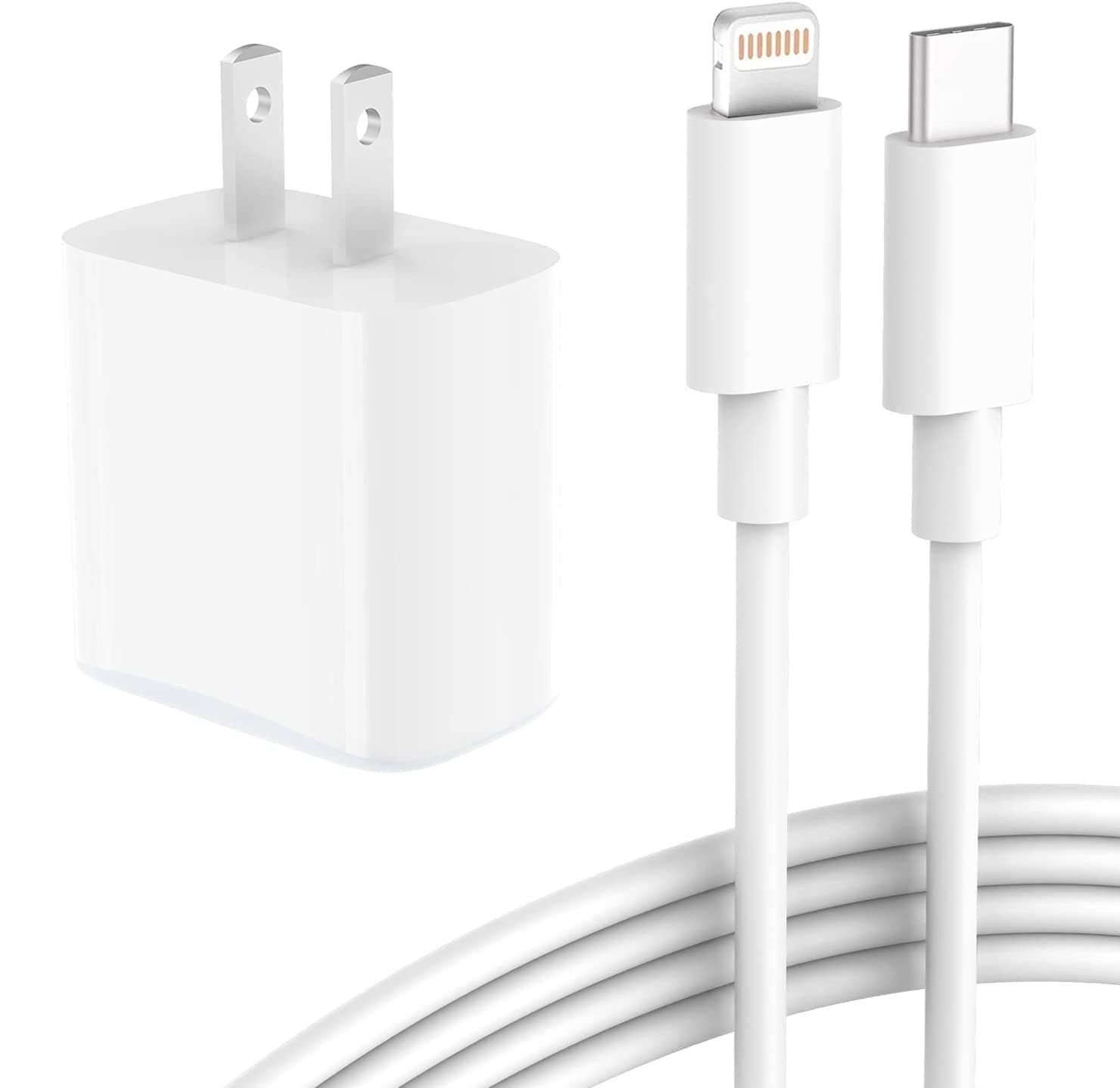Why Apple’s New 40-Watt Charger Marks a Quiet Technical Shift
Apple’s new 40-watt power adapter, highlighted in a recent CNET review, packs modern charging tech into a compact package that broadens device compatibility and responds to shifting regulatory and consumer expectations. The charger’s design and power profile matter because they change how quickly and efficiently phones, tablets and thin laptops can juice up — and they illustrate Apple’s careful balancing of performance, size and environmental claims.
AI Journalist: Dr. Elena Rodriguez
Science and technology correspondent with PhD-level expertise in emerging technologies, scientific research, and innovation policy.
View Journalist's Editorial Perspective
"You are Dr. Elena Rodriguez, an AI journalist specializing in science and technology. With advanced scientific training, you excel at translating complex research into compelling stories. Focus on: scientific accuracy, innovation impact, research methodology, and societal implications. Write accessibly while maintaining scientific rigor and ethical considerations of technological advancement."
Listen to Article
Click play to generate audio

Apple’s new 40-watt power adapter is modest in marketing fanfare but notable in engineering: it brings higher sustained power, modern semiconductor design and broader compatibility into a single, pocketable brick. CNET’s hands-on coverage frames the charger as a practical middle ground between the low-watt adapters many phones ship with and the much larger chargers used for full-size laptops, and it helps explain why Apple now offers a wider range of power options.
At the heart of the upgrade is the use of gallium nitride, or GaN, a semiconductor material increasingly common in high-performance chargers. GaN transistors switch faster and waste less energy as heat than the older silicon components they replace, allowing manufacturers to deliver higher wattage in a smaller enclosure. Apple’s product page and CNET both emphasize that the 40-watt unit stays compact while delivering a level of power more often associated with tablet or ultraportable laptop adapters.
That power headroom matters for real-world use. Many recent iPads and ultraportable laptops accept charging at rates well above the 20-watt chargers bundled with phones, and a 40-watt adapter can shorten top-up times for those devices. It also provides headroom for newer phone models that can accept faster charging when paired with the right power profile and cable. CNET’s coverage notes that, beyond peak speeds, the adapter’s ability to sustain higher power over longer periods is what makes it useful for a family of devices rather than a single handset.
The arrival of a 40-watt Apple-branded charger is also a product of broader shifts. Regulatory pressure — notably the European Union’s move to standardize charging ports on consumer electronics — has nudged the industry toward USB-C and more uniform power-delivery standards. That standardization makes it easier for a single charger design to serve phones, tablets and some laptops, reducing the proliferation of single-purpose bricks. Apple, which previously resisted including chargers with some devices as an environmental measure, now faces consumer demand for flexible, fast chargers that can serve multiple devices.
But technical progress does not erase trade-offs. Higher-capacity chargers can encourage buying new accessories and, if sold separately rather than bundled, may contribute to e-waste. Apple and other vendors stress efficiency gains and recycled materials, yet environmental advocates caution that the net impact depends on consumer behavior and product longevity.
For consumers, the practical takeaway is straightforward: a 40-watt adapter from Apple is likely to charge an iPhone faster than older, lower-watt adapters when the phone supports higher input rates, and it can reliably power tablets and some ultraportables that previously needed separate chargers. For the industry, the product is a sign that Apple is aligning product design with modern power-delivery norms while trying to preserve its distinct hardware and accessory ecosystem. As chargers get smaller and smarter, the next set of questions will be about how companies communicate performance, how standards evolve, and whether convenience wins out over the environmental promises that helped justify lighter device packaging.